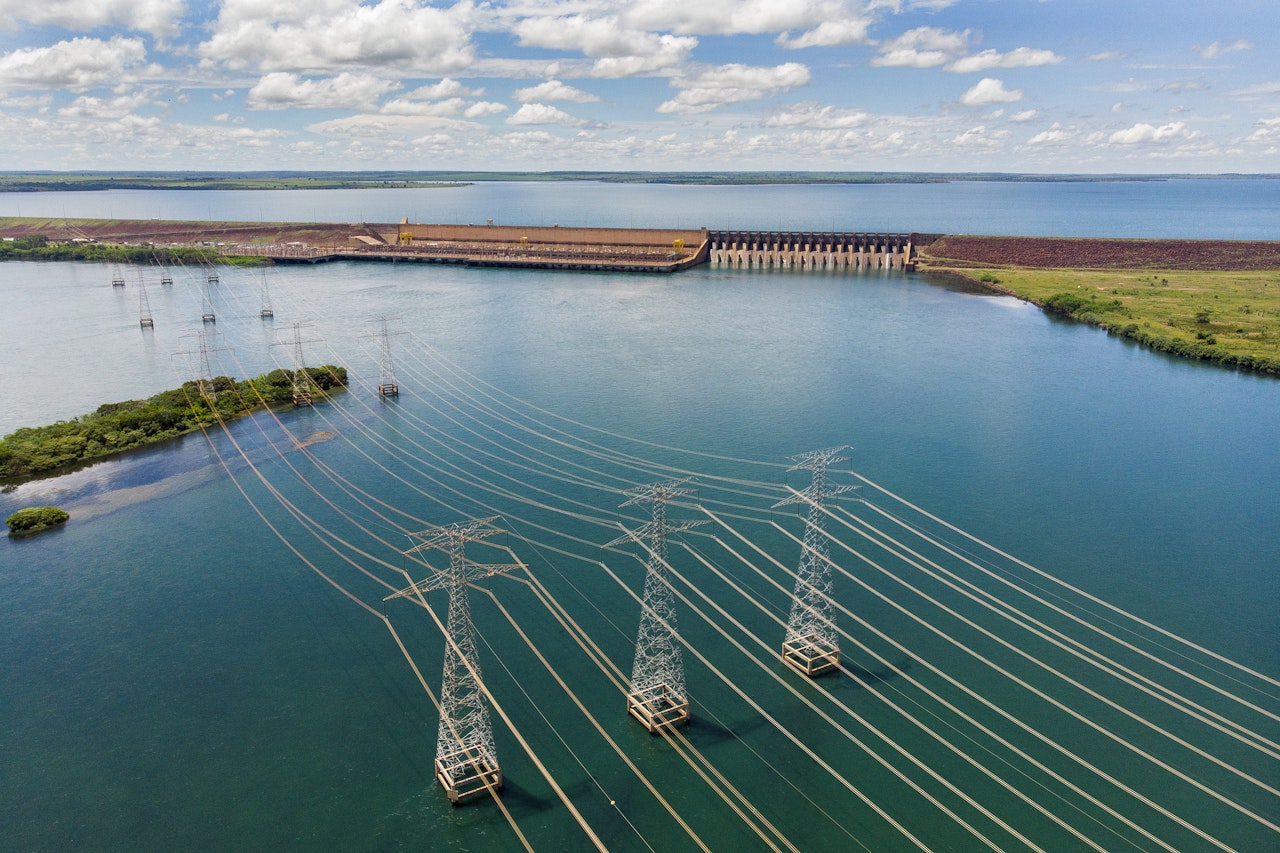Climate Resilience Policy Indicator

About this report
Over the past two decades, there has been an increase in the number of climate-related anomalies, and climate hazards are set to grow throughout the rest of the century. Average global temperatures have risen consistently in the past few decades and this trend is expected to continue.
Many countries are experiencing more marked spatial variations in precipitation, while extreme weather events, such as floods and droughts and intense tropical cyclones, are happening more frequently and pose significant challenges to some countries. Over 85% of the countries in the IEA member and association countries are already exposed to a medium or high level of climate hazard risks, with India, the People’s Republic of China (“China”) and Mexico among the highest-ranked. Changes in climate are a significant risk to the energy sector, directly affecting fuel supply, energy production, physical resilience of energy infrastructure, and energy demand.
The increasing frequency or intensity of extreme weather events such as heatwaves, wildfires, cyclones, floods and cold spells can cause disruptions to energy supply and difficulties in demand management. The recent electricity outages due to heatwaves in California, wildfires in Australia and cyclones in Japan and Korea demonstrate that energy systems are already exposed to and largely affected by climate hazards. Since climate change is expected to raise these risks, building climate resilience of energy systems becomes increasingly important. Climate resilience is the ability to anticipate, absorb, accommodate and recover from the effects of a potentially hazardous event related to climate change.
A climate-resilient energy system is one that can adapt to and withstand the long-term changes in climate patterns and continue to operate under the immediate shocks from extreme weather events, and restore the system’s function after an interruption resulting from climate hazards.
The IEA Clean Energy Transitions Programme (CETP), particularly through the contribution of the NRCan supported this analysis.